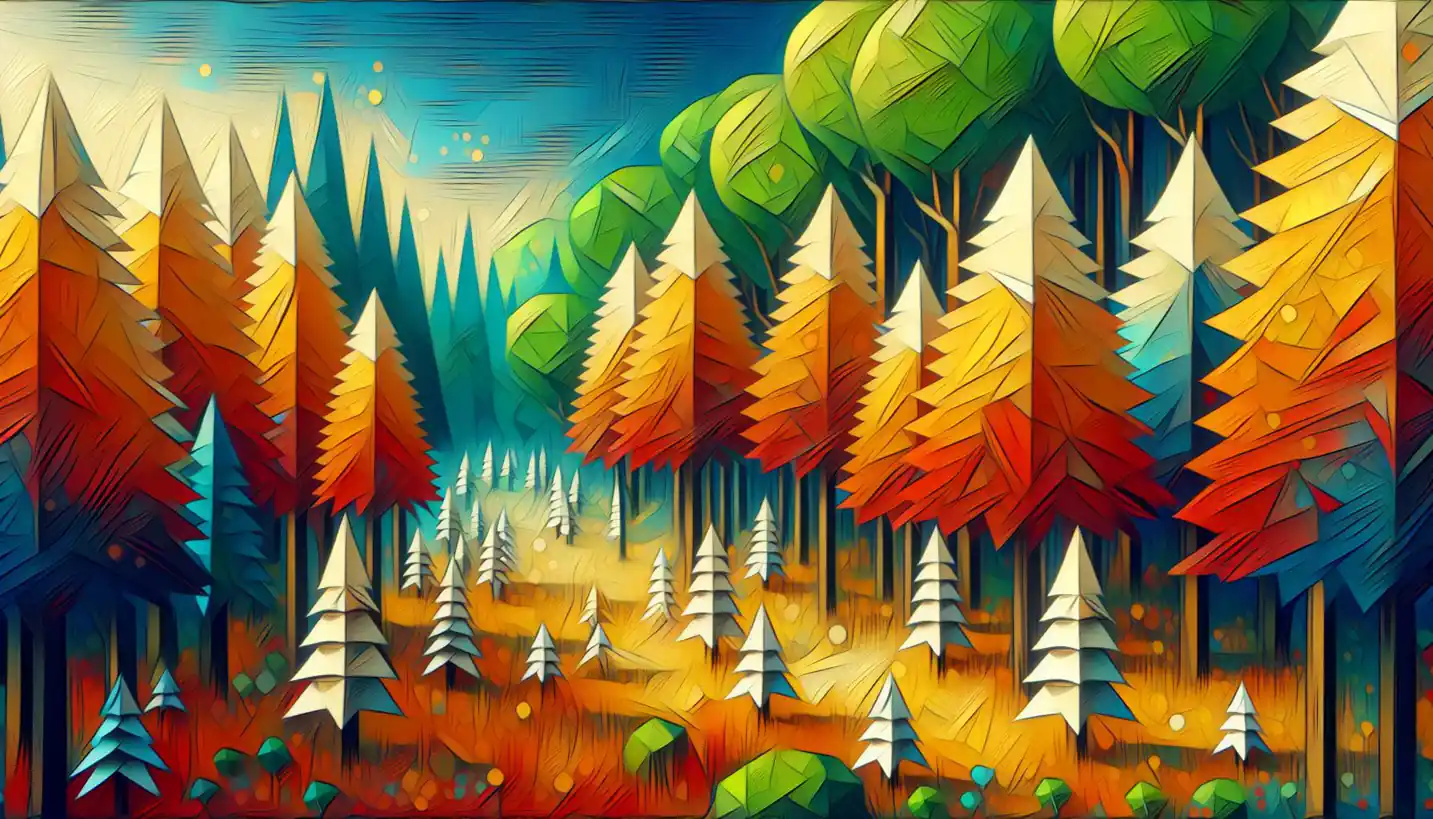· Art · 5 min read
Sgraffito: Discovering Art Through Layers
Sgraffito unveils hidden art through layers of design. Dive into this intriguing technique that brings depth and texture to ceramic surfaces.

Sgraffito is one of those fascinating art techniques that feels like a blend of archaeology and creativity. Instead of focusing solely on sculpting or painting, sgraffito involves the delightful process of uncovering art by scraping away layers. This ancient technique has been admired for centuries, and it’s not just limited to ceramics; it stretches across a range of materials and applications.
Let’s start from the very beginning: sgraffito—a word that might sound exotic—comes from the Italian word “graffiare,” which means “to scratch.” That’s essentially the essence of this technique. Artists play with layers, often contrasting colors, to create intricate designs. Think of it as drawing by subtraction rather than addition.
A Journey Through Time
Imagine yourself standing in ancient China or the bustling streets of Florence during the Renaissance. Artists in these eras used sgraffito to make their work stand out. It’s a method that’s been around for ages, with roots tracing back to ancient civilizations. Pottery found in regions like Mesopotamia showcases early examples of this technique, illustrating how long humans have been fascinated by the idea of layering colors to unveil hidden designs.
In the Renaissance, Italian artists took sgraffito to new heights, using it not only on ceramics but on walls, creating elaborate architectural decor. It’s like peeling back wallpaper to find a secret mural underneath!
The Process of Sgraffito
At its heart, sgraffito is all about layers. Picture this: an artist begins by covering a surface, say a pot or a wall, with a base layer of color. Once this first layer dries, a second coat of a different color is applied on top.
The magic of sgraffito happens when the artist starts to scrape away the top layer in specific areas. Much like scratching a lottery ticket to reveal if you’ve won, this meticulous scraping exposes the underlying color and forms the desired patterns or images. It’s a technique that requires a steady hand and an artistic vision.
Ceramics: The Perfect Canvas
Now, let’s dive into ceramics, where sgraffito really shines. Ceramic artists love this technique because it allows them to add texture and depth to their pieces. It’s like giving life to clay, making it more than just a functional item but a piece of storytelling.
Think of a simple vase. With sgraffito, it transforms from a plain item to a vessel that tells a story through its etched drawings. These could be complex scenes, like landscapes or mythology, or simple yet elegant patterns.
Beyond Ceramics: A Versatile Technique
While ceramics might be the star of the sgraffito show, this technique doesn’t stop there. Artists have found ways to incorporate it into different mediums, like glass and even paintings. In murals, for example, sgraffito can be used to create dynamic wall art that plays with light and depth.
Take a minute to visualize an urban setting where walls tell stories of the community, layered in different colors and textures, all thanks to sgraffito. It adds a dynamic element to cityscapes that’s both historic and modern.
The Science Behind It
Now, for those who are curious, let’s delve into a bit of the science involved. The process of sgraffito is delicate and requires precision. The timing of the layer applications is crucial because the surface should be neither too dry nor too wet for etching. Chemical interactions between different glazes also play a role, affecting final textures and colors.
For ceramic pieces, firing in a kiln is essential. This process vitrifies the glaze, transforming the clay and colors into a finalized piece. The sgraffito effect is heightened as the contrast between layers becomes more vibrant after firing.
Bringing it Home
Think about how you might incorporate sgraffito into your own creative endeavors. It might be a fun project with the kids or a way to personalize your space with unique home decor. Tools could be as simple as a needle or a special sgraffito tool set, easily found online or in art stores.
Start small, perhaps with a garden pot or a simple tile. Choose two contrasting colors you love, and let yourself play with patterns. Feel the satisfaction of scraping away to reveal your design—it’s like a therapeutic, artistic excavation.
The Beauty of Sgraffito: Endless Inspiration
The most captivating part of sgraffito is its ability to surprise. It’s a reminder that sometimes beauty is hidden beneath the surface, waiting to be discovered—one scratch at a time. Whether you’re a history buff enchanted by its rich past or an artist eager to add another tool to your creative arsenal, sgraffito offers endless potential.
So next time you visit a museum or an art gallery, look for those subtle layers and know that behind each piece lies a story told through sgraffito. And who knows, maybe you’ll feel inspired to become a modern-day archaeologist with your own art.
Whether you’re pulling back the layers of history or digging into your own creative expression, sgraffito invites everyone to explore the art of discovery.



